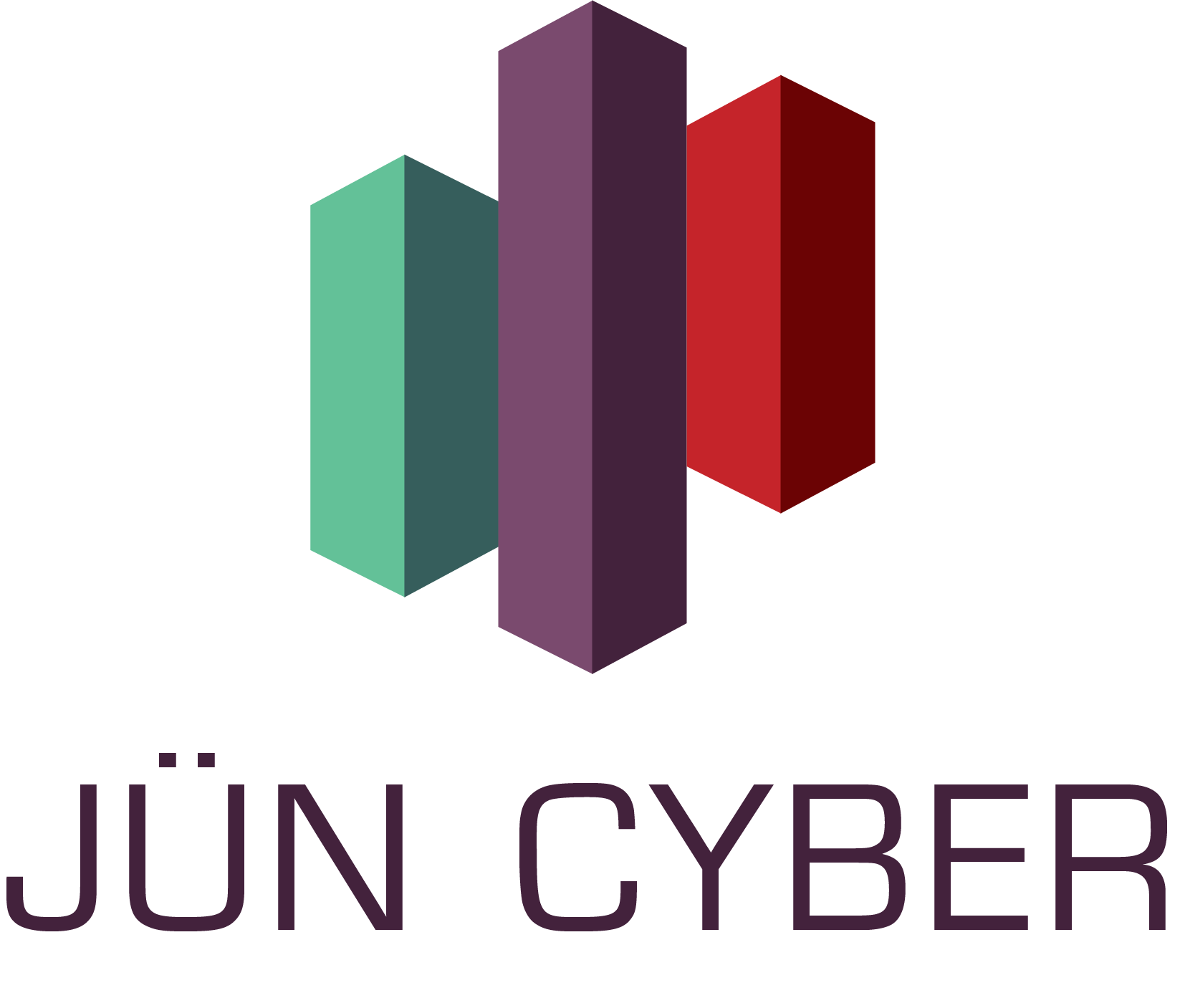As we step into 2024, the realm of compliance for organizations, especially for Chief Information Security Officers (CISOs), has become increasingly complex and demanding. This blog delves into the key compliance challenges faced by CISOs in light of the latest regulations and mandates.
Introduction to Compliance Challenges in 2024
In today’s rapidly evolving digital landscape, compliance has become a critical focus for organizations striving to protect their data, systems, and reputation. As we delve into 2024, it is evident that the compliance arena is experiencing unprecedented changes, bringing forth new challenges and opportunities for Chief Information Security Officers (CISOs) and their teams.
Overview of the Evolving Compliance Landscape
The year 2023 witnessed a surge in cybersecurity regulations, setting the stage for a more stringent compliance environment in 2024. From the Biden Administration’s executive order on securing artificial intelligence to the Securities and Exchange Commission’s disclosure mandates, organizations are now tasked with navigating complex requirements while managing day-to-day operations efficiently.
For CISOs, these evolving regulations serve as a catalyst for enhancing security processes and driving greater accountability within their programs. However, compliance mandates also bring about new challenges, particularly in the realm of budget constraints and talent shortages.
Impact of New Regulations on Organizations and CISOs
Chief information security officers find themselves at the forefront of the compliance battle, balancing the need for enhanced security measures with limited resources. As regulations aim to increase transparency and strengthen security measures, CISOs must navigate a myriad of policies and rules while grappling with stagnant budgets, a scarcity of specialized talent, and the complexities of emerging technologies.
Moreover, the heightened scrutiny from regulatory bodies and the potential personal liability for non-compliance further raise the stakes for CISOs. The fear of facing a significant breach or failing to meet compliance standards underscores the importance of aligning security programs with regulatory requirements while ensuring operational efficiency.
Challenges Posed by Stagnant Budgets and Talent Shortages
The combination of regulatory pressures, limited resources, and talent gaps poses significant challenges for organizations striving to maintain compliance in 2024. CISOs are tasked with not only understanding the intricate details of new regulations but also implementing robust security measures that align with the evolving compliance landscape.
Addressing stagnant budgets requires CISOs to prioritize cybersecurity investments strategically, focusing on areas that yield maximum impact while leveraging existing resources effectively. Additionally, bridging the talent gap through training, upskilling, and strategic recruitment efforts is crucial for building a resilient and compliant security team.
As we navigate the compliance challenges in 2024, it is essential for organizations and CISOs to stay abreast of regulatory updates, prioritize compliance efforts, and foster a culture of continuous improvement to navigate the ever-changing compliance landscape successfully.
The Biden Administration’s Executive Order on AI Safety
As a cybersecurity professional, keeping up with the latest compliance mandates is crucial. The evolving landscape of regulations is set to significantly impact AI developers and organizations like ours. In particular, the recently issued executive order by the Biden Administration focusing on AI safety has raised important implications that we all need to be aware of.
One key emphasis of the executive order is on privacy and innovation in AI technology. This directive requires developers of powerful AI systems to share safety test results and crucial information with the U.S. government. This move under the Defense Production Act aims to enhance data privacy protection for both workers and civilians, aligning with the broader goal of safeguarding personal and federal data.
For organizations like ours, incorporating AI technology into our workflows, this executive order signifies a shift towards stricter regulations for enhanced cybersecurity. It’s essential to understand and comply with these new standards to mitigate risks and ensure data protection.
Implications of the Executive Order
- The need for AI developers to share safety test results and critical information with the U.S. government
- Emphasis on privacy and innovation in AI technology
- Protection of workers and civilians from data privacy risks associated with increased AI utilization
Privacy and Innovation in AI Technology
The emphasis on privacy and innovation in AI technology underscores the importance of adopting robust data protection measures. As we navigate these new regulations, it’s essential to prioritize privacy and innovation in our AI development processes.
Navigating AI Regulations for Enhanced Cybersecurity
Enhancing cybersecurity in the realm of AI requires us to navigate through a complex web of regulations. By understanding and adhering to the requirements set forth in the executive order, we can strengthen our cybersecurity posture and ensure compliance with evolving standards.
SEC’s Guidelines on Cyberattack Disclosure
As a cybersecurity professional, staying informed about the latest guidelines from regulatory bodies is crucial to ensuring the security of an organization. The Securities and Exchange Commission (SEC) has recently introduced stringent guidelines on cyberattack disclosure, impacting how Chief Information Security Officers (CISOs) and security programs operate.
Reporting Requirements for Material Cybersecurity Incidents
One of the key aspects of the SEC’s guidelines is the reporting requirements for material cybersecurity incidents. Organizations are now mandated to report details of any such incidents in Form 8-K within four business days of its determination. This places a significant responsibility on CISOs to have robust incident response plans in place to swiftly address and report cyber incidents.
Annual Disclosure of Cybersecurity Risk Management Strategies
Moreover, the SEC now requires organizations to annually disclose material information regarding their cybersecurity risk management, strategy, and governance. This means that CISOs need to have well-documented and defensible strategies for their security programs. Being able to articulate the processes for assessing, identifying, and managing risks from cybersecurity threats becomes paramount in this scenario.
Implications for CISOs and Security Programs
These guidelines have significant implications for CISOs and security programs. CISOs are now under increased scrutiny to ensure compliance with the SEC’s disclosure protocols. The pressure to align security programs with regulatory requirements while managing limited budgets, talent shortages, and complex technologies poses a challenge.
Furthermore, the guidelines necessitate a deeper understanding of what constitutes a material breach, emphasizing the need for clear documentation and processes to manage cybersecurity risks effectively. CISOs must navigate through these complexities while ensuring their security programs are in line with the SEC’s scrutiny.
The evolving regulatory landscape underscores the importance of proactive cybersecurity measures and continuous vigilance to protect organizations from cyber threats. Keeping abreast of the SEC’s guidelines and adapting security strategies accordingly is essential for CISOs to safeguard their organization’s sensitive data and maintain compliance.
OMB’s Reporting Guidelines for Federal Agencies
As a professional in the federal compliance space, staying up-to-date with the Office of Management and Budget (OMB) guidelines is crucial. Let’s delve into the key aspects of OMB’s Reporting Guidelines for Federal Agencies.
Overview of M-24-04 Memorandum
The M-24-04 memorandum issued by the OMB establishes guidelines for federal agencies to report on their cybersecurity measures under the Federal Information Security Modernization Act. This memo emphasizes the importance of timely, consistent, and accurate reporting, setting deadlines for compliance within fiscal year 2024.
- Key Points:
- A clear understanding of all devices connected to agency networks.
- Timely reporting to the Cybersecurity and Infrastructure Security Agency (CISA) within 72 hours of detecting vulnerabilities.
- Emphasis on accurate reporting to ensure compliance with cybersecurity regulations.
Importance of Timely and Accurate Reporting for Compliance
Timely and accurate reporting is the cornerstone of compliance for federal agencies. By adhering to the reporting guidelines outlined in M-24-04, agencies can demonstrate their commitment to cybersecurity best practices and ensure the protection of sensitive data.
- Benefits of Timely Reporting:
- Demonstrates proactive cybersecurity measures.
- Allows for a swift response to potential vulnerabilities.
- Enhances overall cybersecurity posture and resilience.
Challenges in Understanding and Adhering to Reporting Guidelines
Despite the importance of compliance, federal agencies face several challenges in understanding and adhering to reporting guidelines. The complexity of technology ecosystems, evolving cybersecurity threats, and resource constraints often pose hurdles for agencies striving to meet regulatory requirements.
- Common Challenges:
- Interpreting complex cybersecurity regulations.
- Ensuring consistency and accuracy in reporting practices.
- Balancing reporting requirements with operational demands.
As a professional navigating the federal compliance landscape, it’s essential to stay informed about OMB’s Reporting Guidelines for Federal Agencies and proactively address the challenges associated with compliance reporting.
Actions and Strategies for CISOs
As a Chief Information Security Officer (CISO), understanding network infrastructure and assets plays a crucial role in maintaining robust cybersecurity defenses. Mapping the attack surface and identifying vulnerabilities are essential steps in the cybersecurity strategy. Prioritizing security measures and continuously monitoring the environment are key aspects of ensuring the organization’s resilience against cyber threats.
- Understanding Network Infrastructure and Assets:
- One of the fundamental responsibilities of a CISO is to have a comprehensive understanding of the organization’s network infrastructure and assets. This includes knowing the different systems, devices, and applications that are interconnected within the network. By having a clear picture of the infrastructure, CISOs can effectively formulate security policies and procedures tailored to the organization’s specific needs.
- Mapping Attack Surfaces and Identifying Vulnerabilities:
- Mapping the attack surface involves visually representing all potential points of entry for cyber attackers, including devices, software, and human elements. By identifying vulnerabilities in the network, CISOs can prioritize patching and remediation efforts to mitigate risks effectively. This proactive approach helps in reducing the organization’s exposure to cyber threats.
- Prioritizing Security Measures and Continuous Monitoring:
- Once vulnerabilities are identified, it is essential to prioritize security measures based on the level of risk they pose to the organization. CISOs need to allocate resources efficiently to address the most critical security gaps first. Continuous monitoring of the network and assets is necessary to detect any suspicious activities or potential breaches in real time. This proactive monitoring approach enhances the organization’s ability to respond swiftly to security incidents.
Embracing these actions and strategies as a CISO demonstrates a proactive stance toward cybersecurity readiness. By staying informed about the network infrastructure, actively identifying vulnerabilities, prioritizing security measures, and maintaining continuous monitoring, CISOs can effectively safeguard the organization against evolving cyber threats.
Future of Cyber Regulatory Landscape
As I explore the evolving cyber regulatory landscape, it is evident that we are on the cusp of significant changes in compliance requirements. The anticipated growth in cybersecurity regulations in 2024 is unprecedented, with various mandates such as the Biden Administration’s executive order on securing artificial intelligence and the Securities and Exchange Commission’s disclosure guidelines reshaping the compliance arena.
Chief Information Security Officers (CISOs) play a pivotal role in navigating and implementing compliance policies within organizations. They are tasked with ensuring that security programs align with evolving regulations while managing day-to-day operational challenges. The increasing pressure and personal liability on CISOs underscore the importance of diligently adhering to compliance measures.
Visibility and continuous compliance efforts are crucial in this dynamic regulatory landscape. Organizations must proactively monitor their security posture to address vulnerabilities, mitigate risks, and uphold compliance standards. Maintaining a comprehensive understanding of regulatory requirements and their implications is paramount for effective compliance.
Stay ahead of compliance challenges in 2024. Learn how to navigate the evolving landscape and safeguard your organization. Talk to Jun Cyber Experts now!
TL;DR:
The cyber regulatory landscape is experiencing unprecedented growth in cybersecurity regulations in 2024. CISOs play a crucial role in adopting and applying compliance policies, while visibility and continuous compliance efforts are essential for organizations to navigate the evolving regulatory environment effectively.
Link to original article: https://federalnewsnetwork.com/commentary/2024/04/compliance-in-2024-cutting-through-the-noise/




